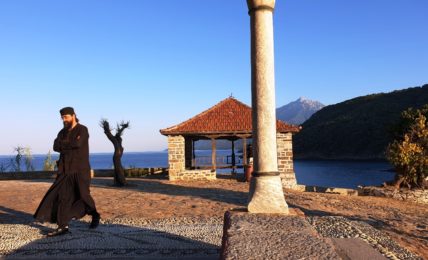Parlare al muro o… viaggiare al muro? Nascono i “guided tour” ai grandi muri del mondo
I grandi muri fra Stati, dalla barriera della striscia di Gaza al muro di Cipro, da sempre negazione del viaggio, oggi diventano attrazione turistica, per nuovi itinerari possibili.







